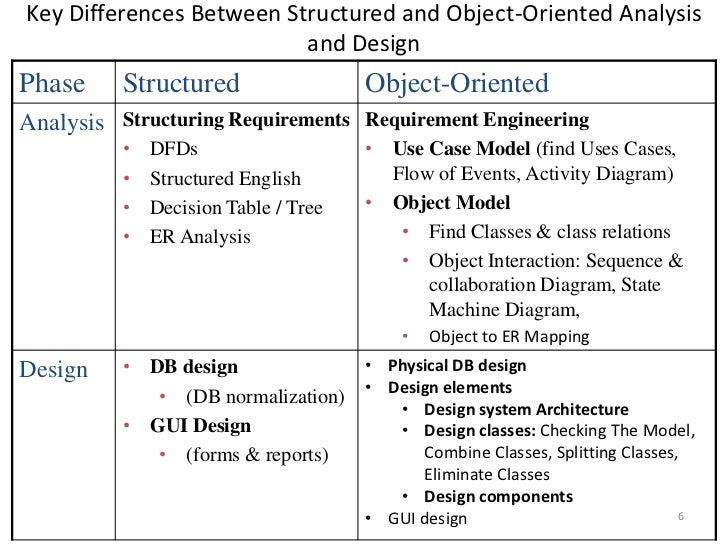
Moreover, our results showed that altered serum levels of β-hCG can have a substantial impact on the early detection of clinically relevant copy number variants. In fact, the risk of pathogenic CMA results increased from 6 to 10% when fetal NT was increased and from 6 to 20% when a low serum β-hCG level was detected in the high-risk cFTS group.
#DIFFERENCE IN COST SEQUENTIAL TESTING NT FREE#
Results: The results demonstrated that low levels of free beta-human chorionic gonadotropin (β-hCG) (≤0.37 multiples of the median) and increased fetal nuchal translucency (NT) (≥3.5 mm) were statistically associated with the presence of atypical chromosomal abnormalities. For these purposes, we performed a retrospective study of 877 singleton pregnancies who underwent chromosomal microarray analysis (CMA) between 20 and for whom cFTS data were available. Furthermore, we have evaluated the impact of prenatal cell-free DNA screening on the detection of chromosomal abnormalities in our population.

Methods: In efforts to optimize the detection of fetuses with genetic abnormalities, we have analyzed the relationship between the cFTS risk score and biomarkers with atypical chromosomal abnormalities.


However, its current limitation in detecting only common trisomies is affecting the diagnostic yield for other clinically significant chromosomal abnormalities. Introduction: The introduction of prenatal cell-free DNA as a screening test has surpassed traditional combined first-trimester screening (cFTS) in the detection of common trisomies.


 0 kommentar(er)
0 kommentar(er)
